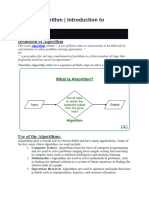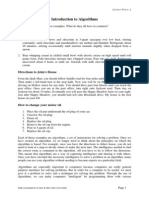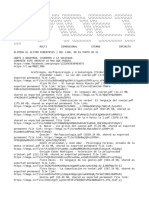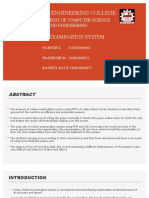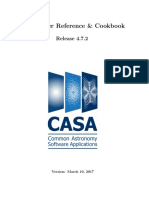0% found this document useful (0 votes)
61 views15 pagesALGORITHM
An algorithm is a set of steps to solve a problem or accomplish a task. Algorithms are executed by computers to perform calculations, process data, and make decisions. Algorithms are everywhere and are used in search engines, social media, navigation apps, and more.
Uploaded by
nandhinicse147Copyright
© © All Rights Reserved
We take content rights seriously. If you suspect this is your content, claim it here.
Available Formats
Download as PDF, TXT or read online on Scribd
0% found this document useful (0 votes)
61 views15 pagesALGORITHM
An algorithm is a set of steps to solve a problem or accomplish a task. Algorithms are executed by computers to perform calculations, process data, and make decisions. Algorithms are everywhere and are used in search engines, social media, navigation apps, and more.
Uploaded by
nandhinicse147Copyright
© © All Rights Reserved
We take content rights seriously. If you suspect this is your content, claim it here.
Available Formats
Download as PDF, TXT or read online on Scribd
/ 15



















